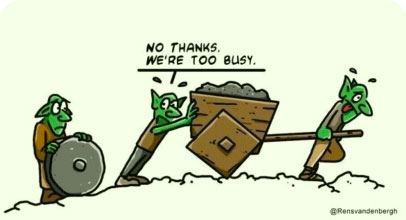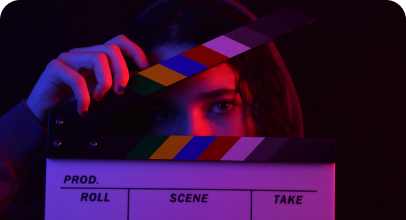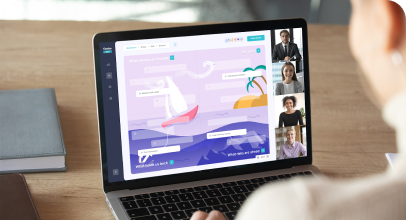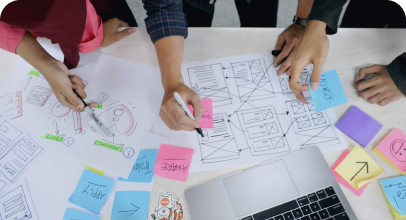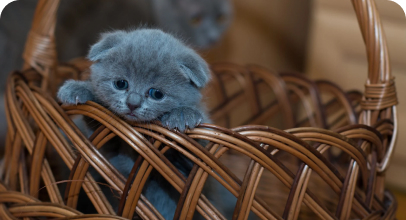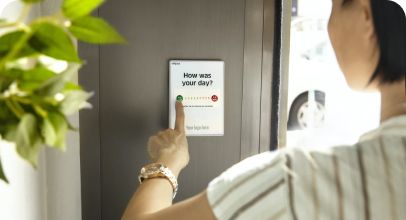
How often do you, as a Facilitator, try to keep your team engaged when doing your online Retrospective? “Any Questions/ideas to add?” — dead silence… It’s the time you start thinking about whether your team is still here. Are they fully involved in brainstorming or keep doing their routines in the background? Remote world has stolen one of the most important things about a sprint retrospective — team engagement.
Let me share the things that helped us increase collaboration and make online retrospectives effective again:
1. Do Video calls instead Audio
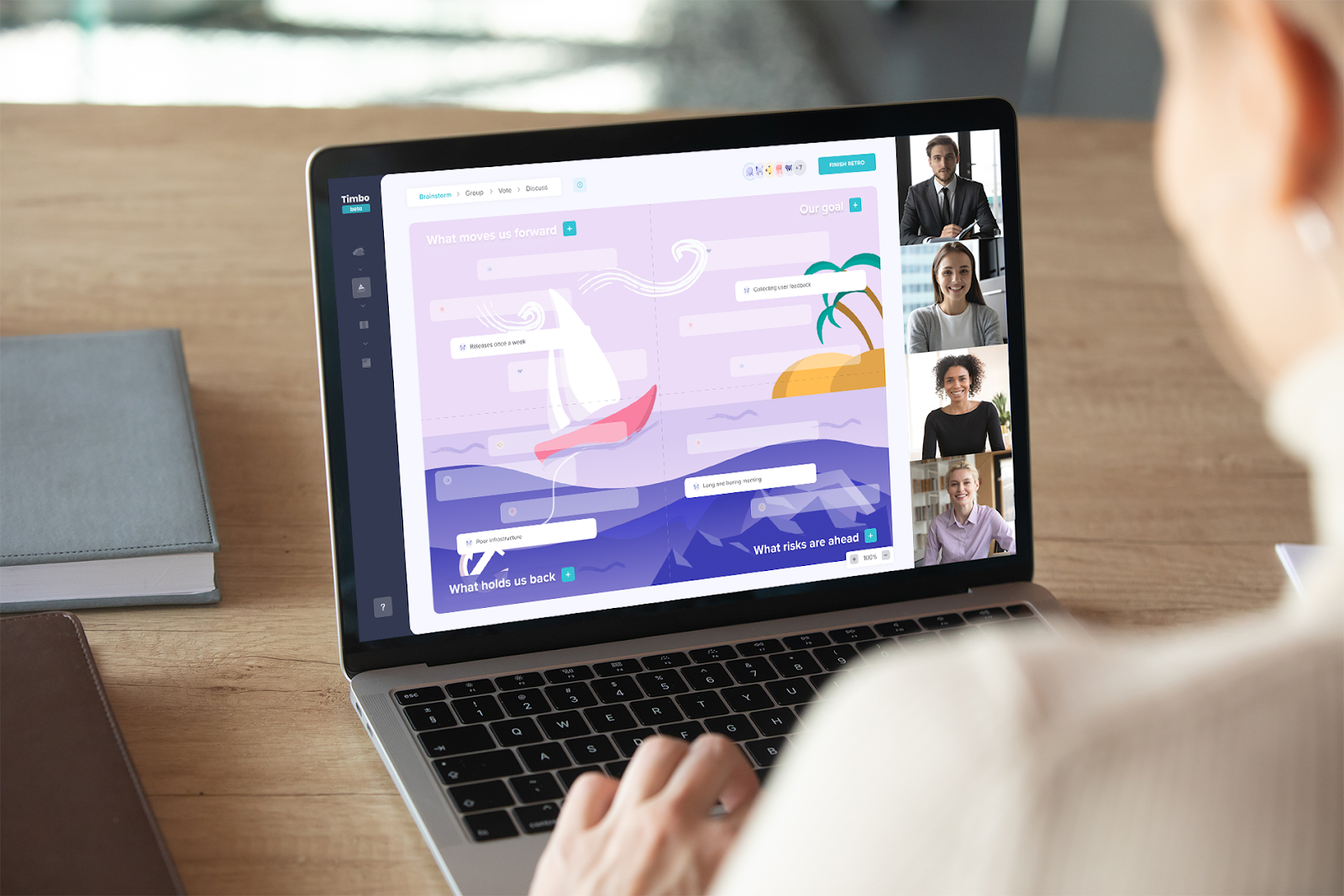
It might seem not that valuable from the start as people would tell you they feel more comfortable without video.
But when you do just Audio you can’t read non-verbal signs of your team. Is anyone looking sad? Are they fully involved in discussion? Is anyone smiling or laughing? Are they nodding?
You will be surprised how after a few rounds of Video calls you will miss them if you go back to Audio. Video makes it easier for a Facilitator to ‘read’ their team's mood, emotions, attitude to the subject.
Moreover, a person attending a video call would initially be more involved in conversation and looking on the screen at people, which minimises a chance for people to get distracted.
2. Make sure you include online Icebreakers
Classic retro would start with some activity to break the ice. If you were in the office, you would easily have a small talk between everyone and it would be enough.
Icebreaker exercises get more important when we’re all remote and lack personal communication, loose team spirit.
There’s lots of techniques to break the ice that you can find. Check out retromat.org for ideas and inspiration (e.g. What car is our product? Which superhero do you associate yourself with during the last sprint? Can you draw the last sprint in 1 image?)
You can always try some online drawing tools or online boards for online Icebreakers. Timbo tool saves you time on searching and organising those. You can try “One Word”, “Weather”, “How do you feel” and others.
Make sure you keep it diverse as the team would get bored of the same ones.
3. Change your Main stage templates from time to time
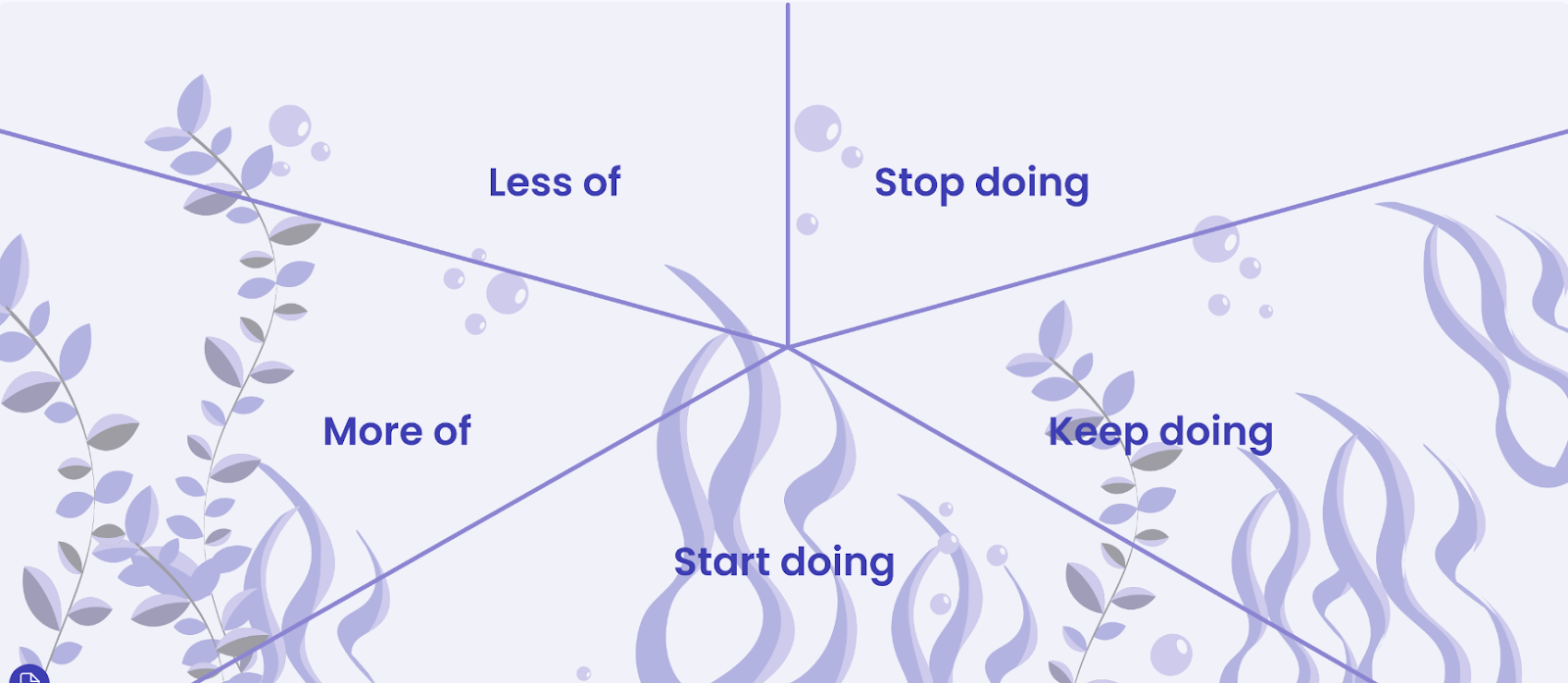
Main stage of your Agile retrospective usually is the most stable thing in terms of how you conduct it. But still, it’s the most important one.
If your team generates fewer and fewer improvement ideas on your retrospective — it looks like it’s time to change the Main stage template.
Changing your standard “What went well / What went less well / Recommendations” to some other questions will make your team think from different perspectives. They will try to find new answers to new questions and will definitely get out of the box and get more engaged.
Try “Start/Stop/Continue”, “Sailboat” or “Starfish” as an alternative to a classic version.
4. Finish sprint retrospective with Closing techniques
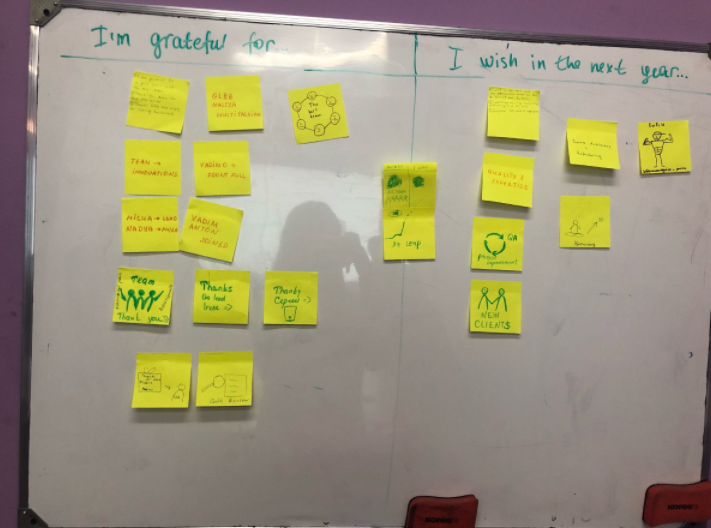
This is very similar to having Icebreaker techniques before you start. Take a few minutes and do some Closing technique to make your team smile, feel the team’s sprint and get motivated for the next sprint.
The most effective one is simply having a round of “appreciation” to each other. Thank each other for the previous sprint, for small help or support, or just for being around each other.
This can also be a time to check Team’s health. How’s their energy before starting the next sprint? Are they batteries full or dead?
If you’re at the end of the milestone or a year, record your thanks and wishes on an online board.
5. Don’t underestimate Thematic Agile Retrospectives
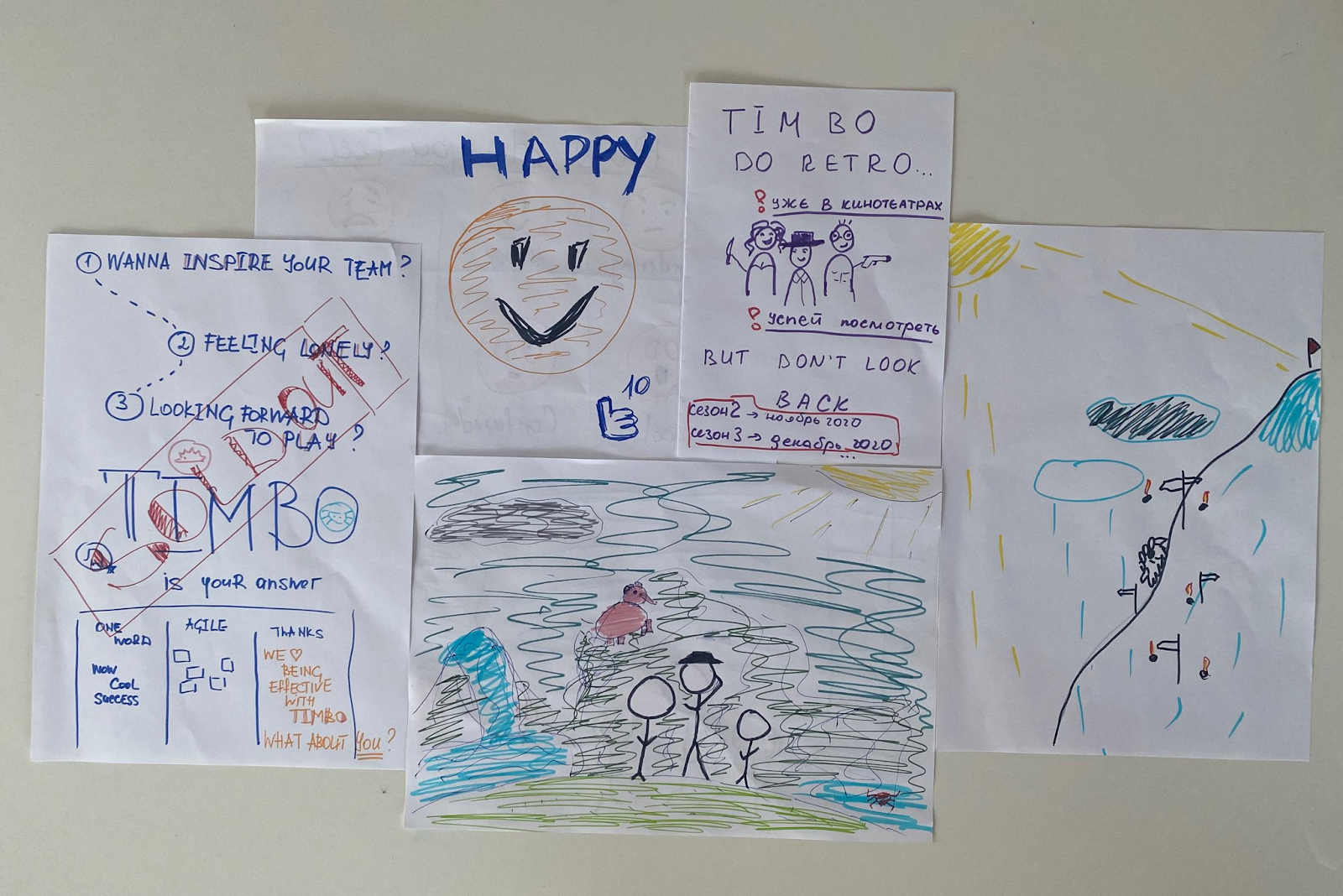
If all the above doesn’t work well and your retro is still not engaging your team, not adding team spirit as much as you would expect, try Thematic Retrospective.
This indeed requires some preparation but the effect is going to be valuable.
Just take your standard retrospective and adapt every step to a certain theme. Pick a popular movie or series (e.g. you can then ask what movie genre you would associate your sprint with), holiday, or subject of your product and adapt your sprint retrospective questions.
Read how we did a movie retrospective in another article
A common advice to your Agile retrospective engagement is adding more people-oriented activities and taking the advantage of technology being here for you.
Timbo: designed by Scrum Masters for Scrum Masters




